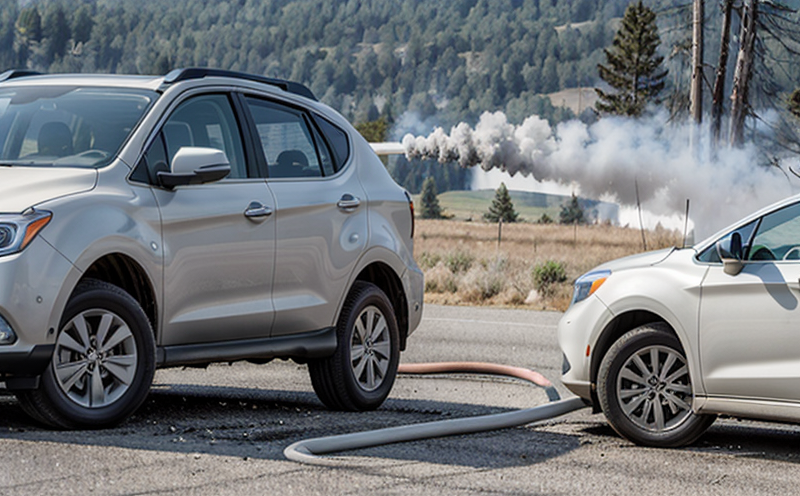Fire Smoke Emission Testing of Textile Materials
The fire safety sector places high importance on materials that can withstand flame exposure without compromising structural integrity or generating excessive amounts of harmful smoke and toxic gases. Fire smoke emission testing specifically focuses on the ability of textile materials to release smoke and toxic gases under controlled conditions, ensuring they meet stringent standards for public safety.
Smoke density and toxic gas emissions are critical parameters in fire safety evaluations because these factors can significantly impact firefighting efforts and the health and safety of people exposed to fires. Textile manufacturers, especially those involved in the production of interior fabrics or personal protective equipment (PPE), need to ensure their materials pass rigorous testing to meet national and international standards.
Accurate fire smoke emission testing is essential for several reasons:
- To ensure compliance with regulatory requirements such as ISO 13565-4, which specifies methods of measuring the smoke production of textiles under a flaming test condition.
- To provide reliable data that helps manufacturers and designers make informed decisions about material selection and formulation.
- To offer third-party validation to customers and clients who need assurance regarding the fire safety performance of products.
The testing process involves subjecting textile samples to standardized flaming tests, monitoring smoke density and toxic gas emissions, and analyzing the results. This section will delve into the details of this testing procedure, its importance in various applications, and how it contributes to overall product quality assurance.
Quality and Reliability Assurance
The fire safety sector demands rigorous quality control measures that ensure every product meets or exceeds regulatory standards. For textile materials used in environments where fire risk is high, such as public buildings, transportation vehicles, or emergency equipment, reliability is paramount.
To achieve this, laboratories specializing in fire smoke emission testing employ advanced instrumentation and strict protocols to guarantee accurate results. The use of ISO 13565-4 ensures consistency across tests, allowing for reliable comparisons between different materials. This standard defines the procedures for determining the smoke production indices (SPI) of textiles under controlled flaming conditions.
Quality managers in the textile industry rely on these tests to ensure their products comply with relevant standards like EN 13565:2018 and ASTM E729-14. These standards provide detailed guidelines for testing procedures, acceptance criteria, and reporting formats. By adhering to these protocols, manufacturers can demonstrate that their materials perform consistently under fire conditions.
Reliability in fire smoke emission testing is also ensured through the use of state-of-the-art equipment such as抽烟了





